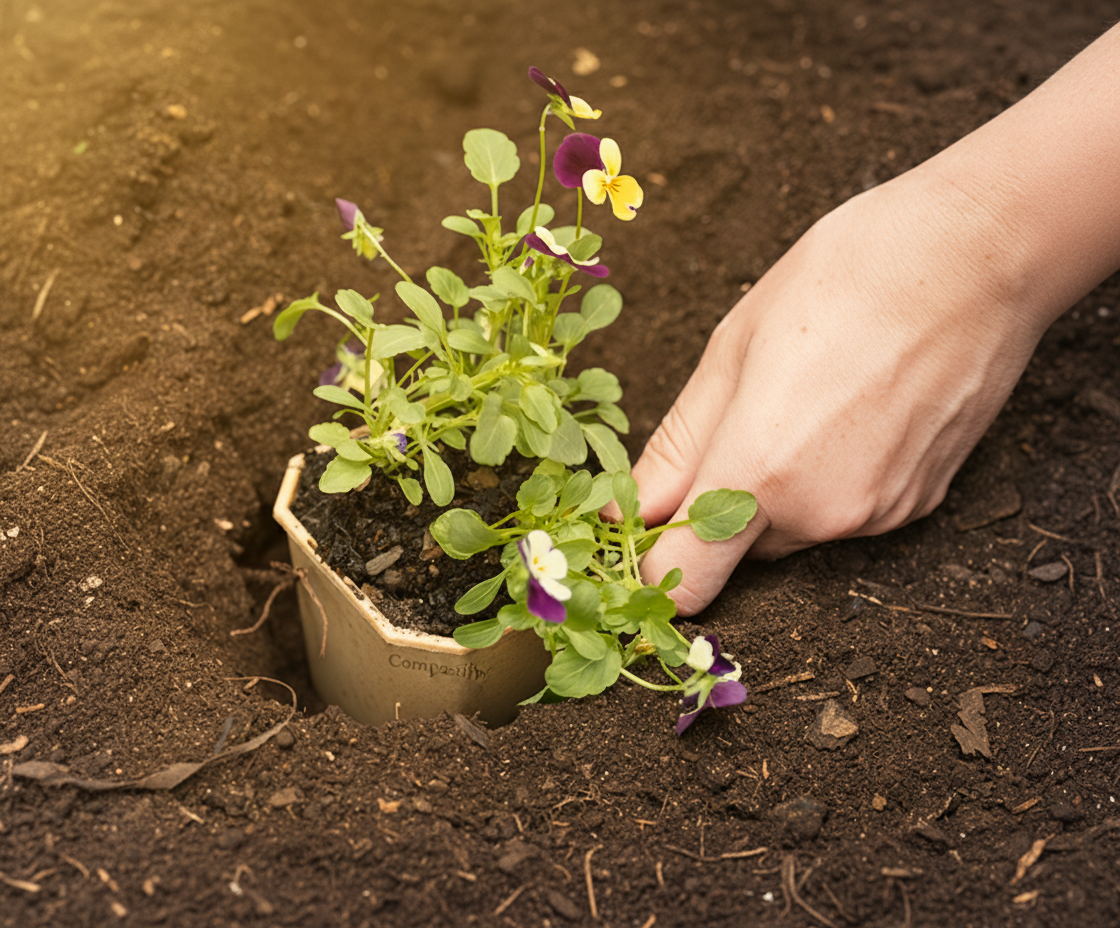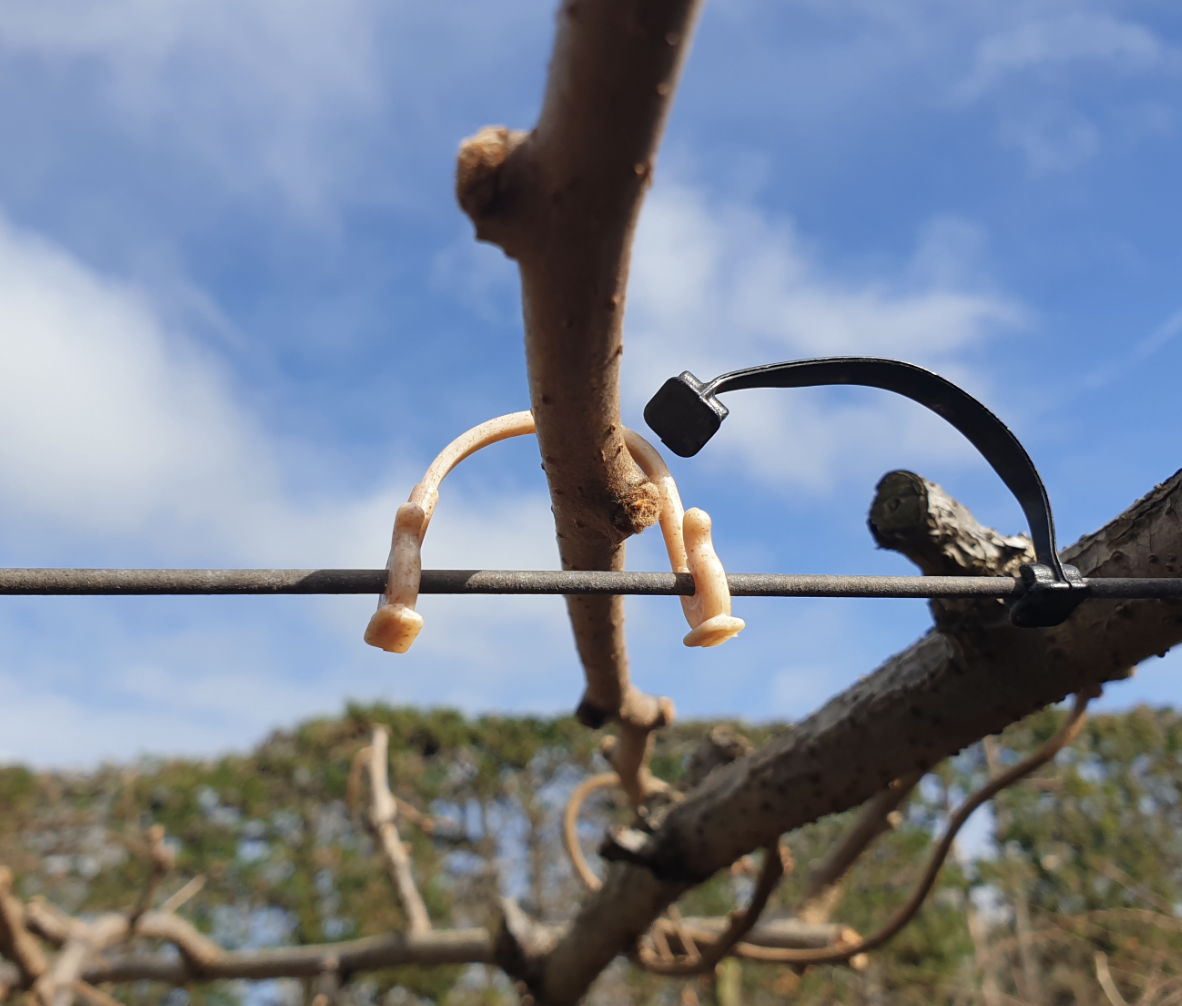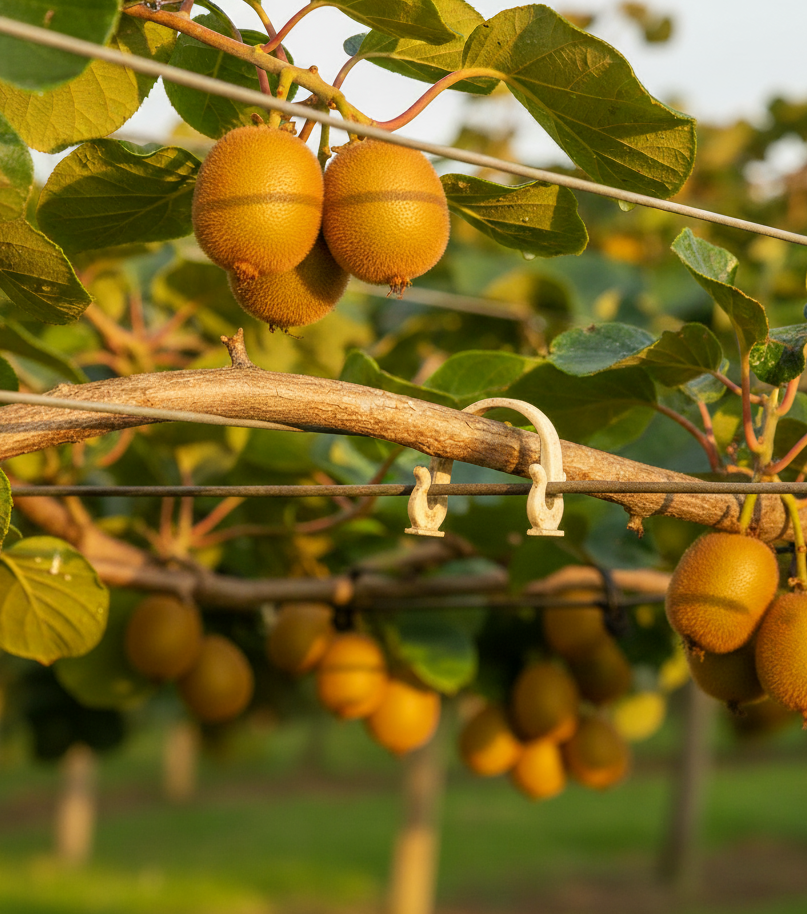Root Shock and Transplant Stress: The Hidden Cost of Plastic Pots

Every grower knows the routine: seedlings mature, it's time to transplant, and you carefully coax each plant from its plastic container. But here's the problem—what feels like a gentle transition is actually a violent disruption at the microscopic level. Those delicate root hairs you can't even see? They're being torn apart. The thriving ecosystem of bacteria and fungi surrounding the roots? Destroyed in seconds. And the plant you've so carefully nurtured? It's now fighting for survival instead of thriving in its new home.
We call it "transplant shock," and it's costing growers far more than they realize. Lost productivity, stunted growth, higher mortality rates—all because traditional plastic pots force an invasive removal process that contradicts everything we know about healthy plant establishment. The impact ripples through entire production cycles, affecting profitability and plant resilience in ways both obvious and hidden. But what if there was a way to eliminate root disturbance entirely?
The Hidden Violence of Transplanting
When you slide a plant from a plastic pot, you're doing more than moving it from point A to point B. You're severing thousands of microscopic root hairs—the plant's primary tools for water and nutrient absorption. These delicate structures, often just one cell thick, are responsible for the majority of a plant's uptake capacity. Research published in Plant and Soil (2023) shows that up to 90% of root hairs can be damaged or destroyed during typical transplanting procedures, leaving plants severely compromised at the exact moment they need maximum resources to establish in new soil.
But the damage goes deeper than the roots themselves. Surrounding every healthy root system is the rhizosphere—a bustling microbial community where beneficial bacteria and mycorrhizal fungi create symbiotic relationships with plant roots. These organisms enhance nutrient availability, protect against pathogens, and even help regulate water uptake. When you remove a plant from its pot, you're not just disturbing roots—you're dismantling an entire ecosystem that took weeks or months to develop.
The rhizosphere doesn't travel with the root ball as neatly as we'd like to think. Studies from the Journal of Applied Ecology (2024) demonstrate that conventional transplanting methods can reduce beneficial microbial populations by 60-80% in the immediate post-transplant period. The plant essentially starts over, forced to rebuild these critical relationships while simultaneously trying to establish in unfamiliar soil. It's like asking someone to run a marathon immediately after major surgery.
This disruption triggers what plant physiologists call a "stress cascade." The plant diverts energy from growth to survival, closing stomata to conserve water, reducing photosynthesis, and prioritizing root regeneration over above-ground development. For commercial growers, this translates directly to delayed crop cycles, reduced vigor, and lower yields—a hidden tax on every transplant operation.
Why Transplant Shock Matters More Than you Think
The immediate symptoms of transplant shock are familiar to anyone who's worked with plants: wilting leaves, stunted growth, yellowing foliage. But the consequences extend far beyond those first few difficult weeks. Research from the American Society for Horticultural Science (2023) found that plants experiencing severe transplant shock can show reduced growth rates for 6-8 weeks post-transplant, effectively adding nearly two months to production schedules for many crops.
For commercial nurseries and growers operating on thin margins, this delay compounds rapidly. Each extra week in production means additional labor, water, fertilizer, and greenhouse space—resources that could be supporting the next crop cycle. When you're managing thousands of plants, even a 10% increase in mortality or a one-week extension in production time can mean the difference between profit and loss for an entire growing season.
The economic impact becomes even more pronounced in high-value crops like native plants, perennials, and specialty ornamentals. These plants often have longer establishment periods and are particularly sensitive to root disturbance. A 2024 study in HortScience documented mortality rates as high as 25-35% in sensitive native species following conventional transplanting, with survivors showing significantly reduced vigor compared to control groups that experienced minimal root disturbance.
Beyond the immediate growing cycle, there's mounting evidence that transplant stress affects long-term plant performance. Trees and shrubs that experience severe root shock during installation show reduced growth rates years after establishment, according to research published in Urban Forestry & Urban Greening (2023). The initial trauma creates a developmental deficit that plants struggle to overcome, even after full root establishment. For landscapers and restoration ecologists working on long-term projects, this means the quality of the transplanting process directly influences ecosystem success decades down the line.
There's also a sustainability angle that often goes unacknowledged. When plants fail or underperform due to transplant shock, growers must produce replacements—consuming additional water, energy, and materials. The cumulative environmental footprint of transplant-related losses across the horticulture industry represents a significant but largely invisible source of waste.
What Actually Works: Eliminating Disturbance at the Source
So what's the alternative? The most effective solution isn't better transplanting technique—it's eliminating the need to remove plants from their containers in the first place. This approach, often called "direct-to-soil planting" or "plant-in-pot" methodology, has been gaining traction in research circles and among forward-thinking growers for good reason: it works.
The concept is elegantly simple. Instead of forcing plants through a traumatic extraction process, you use containers designed to be planted directly into the soil or growing medium, where they break down naturally over time. The plant stays cocooned in its original environment, with root hairs intact and rhizosphere communities undisturbed. The container material gradually decomposes, allowing roots to penetrate outward at their own pace while maintaining the critical microbial relationships established during the nursery phase.
Multiple peer-reviewed studies have documented the benefits of this approach. Research published in Scientia Horticulturae (2024) compared traditional plastic pot transplanting with direct-to-soil planting using biodegradable containers across multiple species. The results were striking: plants in biodegradable pots showed 35-40% faster establishment rates, 50% lower mortality, and significantly higher biomass accumulation in the first 90 days compared to conventionally transplanted controls.
What makes this approach particularly valuable is how it aligns with natural plant physiology rather than fighting against it. When roots encounter the degrading walls of a biodegradable container, they simply grow through—no circling, no binding, no sudden shock of exposure. The transition from container to surrounding soil happens gradually and on the plant's own timeline, driven by root growth rather than human intervention.
Of course, not all biodegradable containers are created equal. The material must strike a careful balance: sturdy enough to last through the entire nursery growing period (often 8-16 months for native plants and perennials), yet able to break down quickly once planted. It needs to support robust root growth without becoming hydrophobic or creating barriers to root penetration. And critically, it must decompose into benign components—no microplastics, no toxic residues, just nutrients that enrich rather than contaminate the soil.
Traditional alternatives like peat pots and paper-based containers have been available for decades, but they come with significant limitations. Peat pots often become hydrophobic, actually repelling water and inhibiting root penetration. Many paper-based options lack the structural integrity needed for extended nursery production, collapsing or disintegrating prematurely. And neither solution addresses the sustainability concerns around peat harvesting or the limited compostability of many paper pot treatments.
The Barriers Holding Growers Back
If direct-to-soil planting offers such clear advantages, why hasn't it become the industry standard? The answer lies in a combination of infrastructure inertia, material limitations, and simple lack of awareness. The horticulture industry has spent decades optimizing systems around plastic containers—from automated potting lines to standardized tray configurations to familiar handling practices. Changing that infrastructure, even for demonstrable benefits, requires overcoming significant psychological and practical barriers.
Cost perception represents one of the biggest obstacles. Biodegradable pots typically carry a higher upfront price than traditional plastic containers, and for growers operating on razor-thin margins, that initial sticker shock can be prohibitive. What this calculation misses, however, is the total cost of ownership. When you factor in reduced mortality, faster production cycles, lower labor costs at planting time, and the elimination of plastic waste disposal fees, the economic equation shifts considerably. A 2024 cost-benefit analysis published in Journal of Environmental Horticulture found that direct-to-soil systems can achieve ROI within 2-3 production cycles for most commercial operations, with ongoing savings in subsequent seasons.
Material performance has historically been another limitation. Early biodegradable pots often degraded unpredictably—lasting too long in some conditions, falling apart prematurely in others. Growers understandably became skeptical after dealing with containers that disintegrated on the bench or, conversely, persisted in the soil long after planting. The lack of consistent, third-party verified standards for compostability and degradation timelines made it difficult to evaluate products or trust manufacturer claims.
There's also a regulatory and labeling gap that contributes to market confusion. Terms like "biodegradable," "compostable," and "eco-friendly" are used loosely in the horticultural products market, often without meaningful third-party verification. Unlike food packaging and consumer plastics, which face increasingly stringent certification requirements under standards like ASTM D6400 (industrial compostability) and ASTM D6868 (home compostability), horticultural containers operate in a largely unregulated space. This allows questionable products to compete on equal footing with genuinely sustainable solutions, muddying the waters for conscientious buyers.
A Future Where Transplanting doesn't Hurt
Here's what gives us hope: the technology to eliminate transplant shock already exists, and it's becoming more accessible every season. We're not waiting for some future breakthrough—growers can start reducing root disturbance and improving plant outcomes today. The shift requires moving beyond the assumption that plastic pots are the only viable option and embracing containers designed with both plant biology and environmental responsibility in mind.
The most promising solutions combine certified home compostability with genuine performance—materials that remain stable and supportive throughout the entire growing cycle, then break down cleanly once planted without leaving microplastics or toxic residues behind. These aren't compromise products that sacrifice functionality for sustainability. They're purpose-built tools that work with natural systems rather than against them.
At Compostify, we've witnessed this transformation firsthand. Our direct-to-soil pots address the core challenge facing growers: how to maintain production efficiency while eliminating the root disturbance that undermines plant health. These pots remain sturdy and supportive during the growing phase—lasting well over a year above ground—then naturally degrade once planted, releasing nutrients and fertilizing plants as they decompose. The result? No root shock, no transplant stress, and healthier, more resilient plants from day one. Unlike traditional plastic pots that must be removed, or inferior biodegradable options that break down too quickly or too slowly, Compostify pots are designed specifically for the realities of commercial nursery production. They work with existing automation and retail processes, eliminate piles of non-recyclable plastic waste, and most importantly, allow roots and their microbial partners to remain completely undisturbed during the transition to field or landscape.
Our material is third-party certified for home compostability and breaks down in soil, home compost, and industrial facilities—truly leaving nothing behind but nutrients. We're not asking growers to compromise or accept inferior performance. We're offering a genuinely better way to grow, one that reduces greenhouse gas emissions by 65% compared to plastic while improving plant establishment and survival rates.
The path forward isn't about making incremental improvements to an inherently disruptive system. It's about redesigning the system entirely so that the container becomes part of the solution rather than an obstacle to overcome. When we eliminate the trauma of transplanting, we unlock the full potential of every plant—faster growth, higher survival rates, and resilient establishment that lasts for years. That's not just good for plants. It's good for growers, good for the environment, and good for the future we're all trying to build together.

